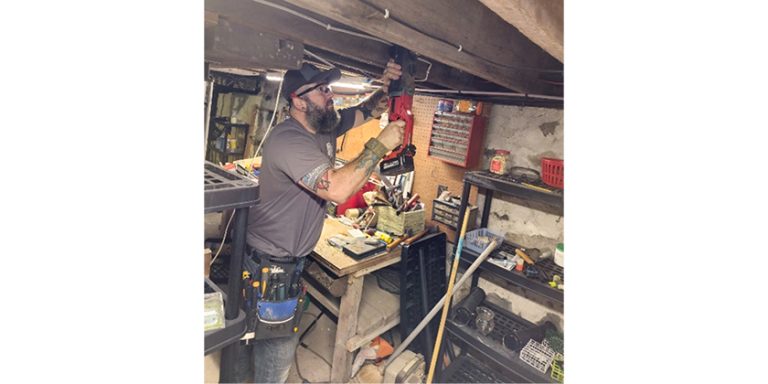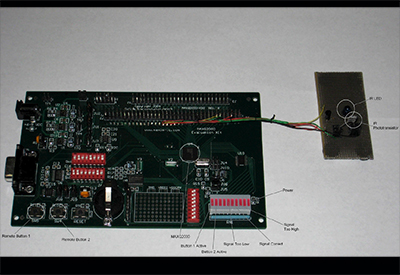Six Secrets of Powerful Proposals

Aug 28, 2019
By Jeff Mowatt
One of the biggest frustrations I hear from my clients is the amount of time and effort it takes for them to put together proposals, particularly those that don’t end up winning the business. Unfortunately, the standard approach to making client proposals usually involves describing your products or services, including some corporate background, adding a few references, and finishing with pricing information.
This is the last approach you want to take. It practically guarantees you’ll miss the mark. And worse, preparing and delivering these kinds of proposals soaks up significant time and resources that could be better spent elsewhere. Here then, are a few tips I share in my seminars on how to deliver proposals that actually boost your business.
1. It’s not about you
It’s about them: your clients. If you start a presentation by talking about your products and services, you’ve already lost them. A purchase doesn’t begin by trying to convince someone to buy something. A purchase begins when a customer perceives a need. That means your first job is to help clarify customer needs. So before making any kind of a proposal, you need to ask several questions.
Begin by admitting that you’re not sure whether or not your products/ services are the right fit for this customer, which is why you’d like to ask a few questions with their permission. That disarms them because you appear to be willing to encourage them to buy elsewhere. It also warns them that this is going to take some time. If they’re not willing to answer a few questions, then this is not a serious potential customer. Wish them well and move on.
Assuming they are willing to spend the time, then ask them what they’ve liked about what other suppliers of this type of product/service have done for them in the past. Then ask what the client has disliked about previous purchases. Next, ask what the perfect solution might look like and why they haven’t found it yet. With those four questions you’ve identified you client’s likes, dislikes and buying objections.
That’s a good place to end. Let the client know that you’ll consider what they’ve shared and you’ll come up with some options. Set up a time/place for the next meeting.
2. Homework wins business
Now do your homework. Read their annual report, especially the president’s remarks about priorities and plans. Do a web search to see what others are posting about them, especially what their customers are saying. If you know other industry insiders, ask about the company’s reputation on the street. What you’re trying to discover is how your products or services will either a) help them achieve their organization’s larger goals or b) reduce some of the headaches or problems they may be facing.
3. They can handle the truth
Start your presentation/ proposal with a sincere compliment about something good that you discovered about them. Be specific. It shows you know your stuff and you’re generous. You might also point out an area for improvement (in your own area of your expertise) that you identified. By offering feedback, you’re positioning yourself as being a resource — a trusted advisor — who sees their big picture and where they might be falling short.
4. Link solutions to problems
Next, describe your products and services in the context of addressing the client’s needs. Reference what they told you and what you also discovered. Make sure you translate any features of your offering into benefits for the customers. Use phrases like, “What this means to you is…”
5. Help them see your difference
Perhaps the most important element of your proposal is describing what makes your approach different from others in your industry. Without running down the competition, explain how typical approaches to solving these types of problems are often fine. Then point out why, in this particular situation, typical approaches won’t likely get the results the client is looking for. That’s why you’re suggesting this different approach.
6. Make it easy
As supplemental material (preferably in an appendix), include your credentials, references, or other evidence that you have a track record of delivering solid results.
In your pricing, provide up to three options (maximum) for ways they might work with you. This shifts the decision from yes or no, to a choice of yeses.
Bottom line: you’ll win more business by focusing your proposals less on your products and services and more on your clients’ needs. Good luck!
This article is based on the bestselling book, Influence with Ease by Hall of Fame motivational speaker Jeff Mowatt. To obtain your own copy of his book or to inquire about engaging Jeff for your team, visit www.jeffmowatt.com. Watch for more articles from Jeff in future issues.








![Guide to the Canadian Electrical Code, Part 1[i], 26th Edition– A Road Map: Section 18 Hazardous Locations](https://electricalindustry.ca/wp-content/uploads/2022/11/Guide-CE-Code-2-768x432.png)








